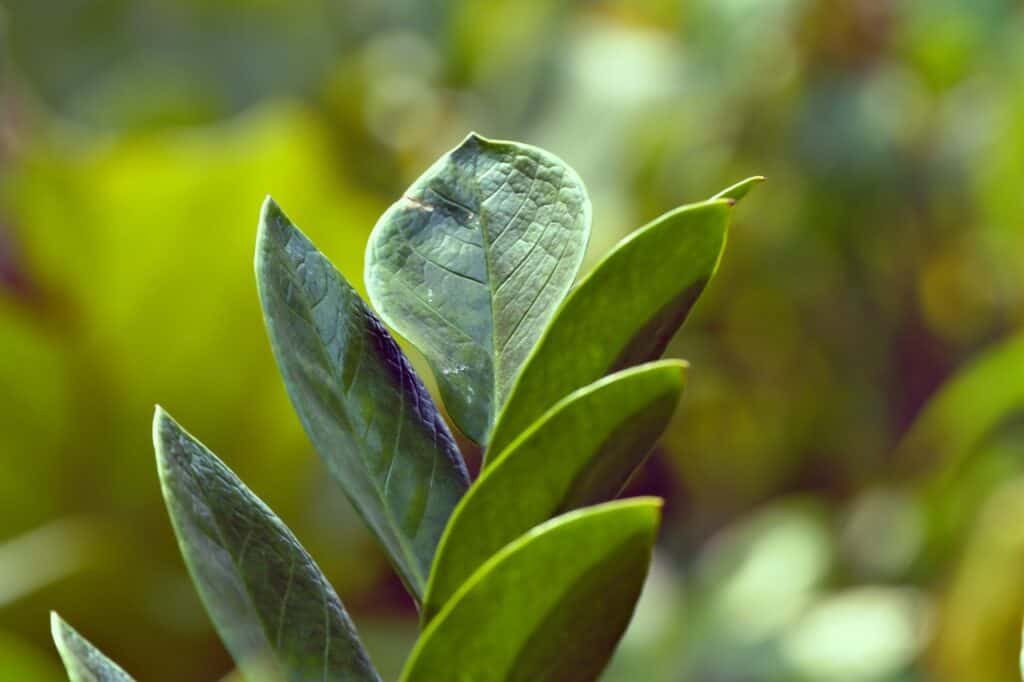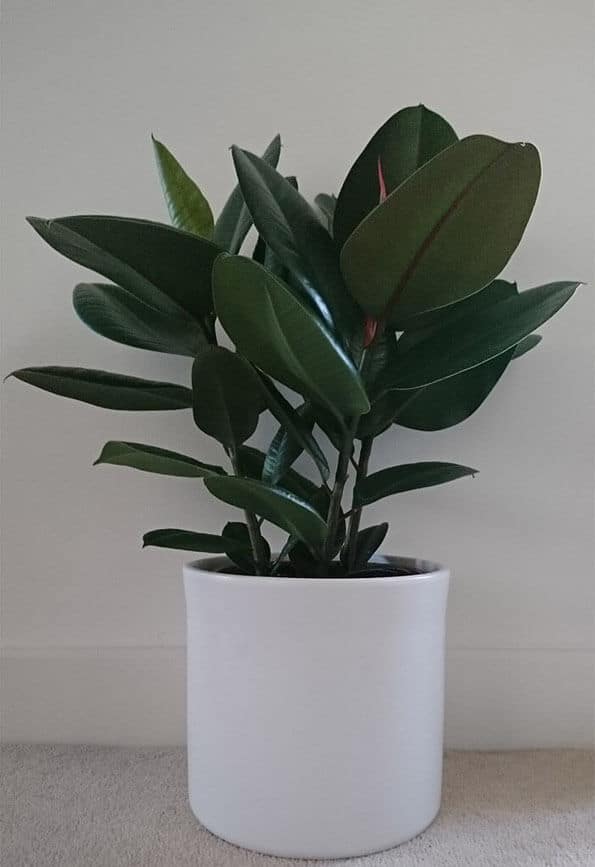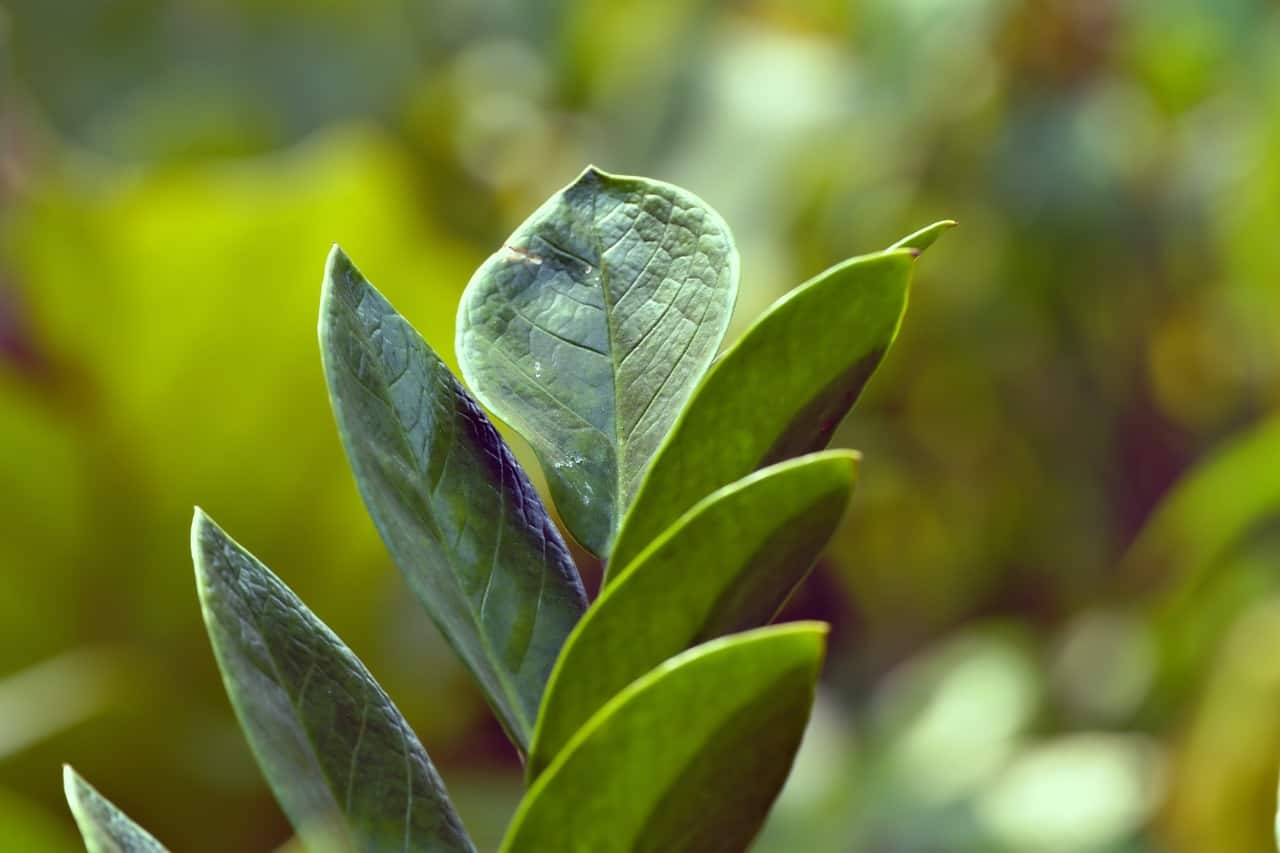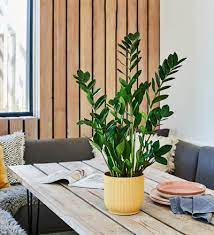The ZZ plant (Zamioculcas zamiifolia), revered for its hardiness and adaptability, has found itself at the center of a growing trend – semi hydroponics. This alternative cultivation method is gaining popularity among plant enthusiasts seeking efficient and water-wise ways to care for their green companions. Let’s delve into the intriguing world of ZZ plant semi hydroponics and unlock the secrets to fostering a thriving botanical haven.
The ZZ plant, scientifically known as Zamioculcas zamiifolia, is a resilient and low-maintenance indoor plant celebrated for its striking appearance and adaptability. Originating from Eastern Africa, this hardy succulent has become a favorite among plant enthusiasts for its ability to thrive in various conditions.
Characterized by glossy, dark green leaves that resemble feathers, the ZZ plant is well-suited for both homes and offices. One of its standout features is its tolerance for low light conditions, making it an ideal choice for spaces with limited natural sunlight. Additionally, the ZZ plant is known for its air-purifying qualities, contributing to a healthier indoor environment.
With a knack for surviving neglect and requiring minimal watering, the ZZ plant is an excellent choice for beginners or those with busy lifestyles. Its ability to endure low humidity and fluctuating temperatures further adds to its reputation as a robust and versatile houseplant.

ZZ Plant in Semi Hydroponics: A Revolution in Care
Semi hydroponics, also known as passive hydroponics or LECA (Lightweight Expanded Clay Aggregate) culture, represents a departure from traditional soil-based growing methods. With ZZ plants, this technique involves placing the plant in a container filled with LECA balls and allowing the roots to absorb water and nutrients at their own pace. This method offers better control over moisture levels, reduces the risk of overwatering, and enhances aeration around the roots, promoting a healthier ZZ plant.
ZZ Plant in Water: Unveiling Hydroponic Marvels
For those intrigued by hydroponics but not ready to fully commit to semi hydroponics, growing a ZZ plant in water is an enticing option. This method, often referred to as hydroculture, involves suspending the ZZ plant’s roots in water with nutrient solutions. While this approach requires a vigilant eye to maintain water quality and nutrient levels, it eliminates the need for soil altogether. ZZ plants in water can be a visually striking addition to any space, showcasing the plant’s lush foliage without the constraints of traditional potting mix.
Soil for ZZ Plant: Decoding the Growing Medium
Although semi hydroponics and water cultivation are gaining traction, many ZZ plant enthusiasts still swear by the reliability of good old soil. Choosing the right soil for your ZZ plant is crucial for its overall health and development. A well-draining, lightweight potting mix is ideal to prevent waterlogging, which ZZ plants are particularly sensitive to. Adding perlite or orchid bark to the soil mix enhances aeration and drainage, creating optimal conditions for ZZ plants to flourish.

FAQ
How to water ZZ plant?
Watering ZZ plants can be a bit different in semi hydroponic setups. Instead of a conventional watering schedule, monitor the moisture level in the LECA balls. When the roots have absorbed most of the water, add more to maintain consistent moisture. In soil-based cultivation, allow the top inch of the soil to dry before watering, avoiding waterlogged conditions.
Can ZZ plants survive in water alone?
While ZZ plants can survive in water for a period, it’s not a sustainable long-term solution. The lack of nutrients in water can lead to deficiencies, impacting the plant’s health. For sustained growth, consider incorporating nutrient-rich solutions or transitioning to semi hydroponics for a balanced approach.
How to Water ZZ Plant: Navigating the Hydroponic Waters
Watering a ZZ plant in semi hydroponic setups requires a nuanced approach compared to traditional soil-based methods. Instead of adhering to a fixed watering schedule, the emphasis shifts to monitoring the moisture levels in the LECA (Lightweight Expanded Clay Aggregate) balls.
In semi hydroponics, the key is to allow the ZZ plant’s roots to absorb water and nutrients at their own pace. Begin by checking the moisture level in the LECA balls. When the roots have absorbed a significant portion of the water and the LECA begins to dry out, it’s time to add more water. This method ensures a balanced and consistent moisture level, reducing the risk of overwatering and promoting optimal conditions for the ZZ plant’s growth.
For ZZ plants in traditional soil, a different strategy applies. Allow the top inch of the soil to dry out before watering again. This prevents waterlogging, a condition ZZ plants are sensitive to, and helps maintain a healthy balance between moisture and aeration.
By adapting watering practices to the unique requirements of ZZ plants in semi hydroponic and soil-based environments, enthusiasts can foster lush greenery and witness their ZZ plants thriving in their preferred habitats.
Conclusion
As ZZ plant enthusiasts explore the realm of semi hydroponics and water cultivation, the traditional methods of caring for these resilient plants are also firmly rooted. Whether you opt for the water-wise innovation of semi hydroponics or stick to the tried-and-true soil-based approach, the ZZ plant continues to captivate with its robust nature. As you embark on your ZZ plant journey, choose the method that aligns with your care preferences, and witness the lush greenery of this beloved botanical companion flourish in its unique habitat.








